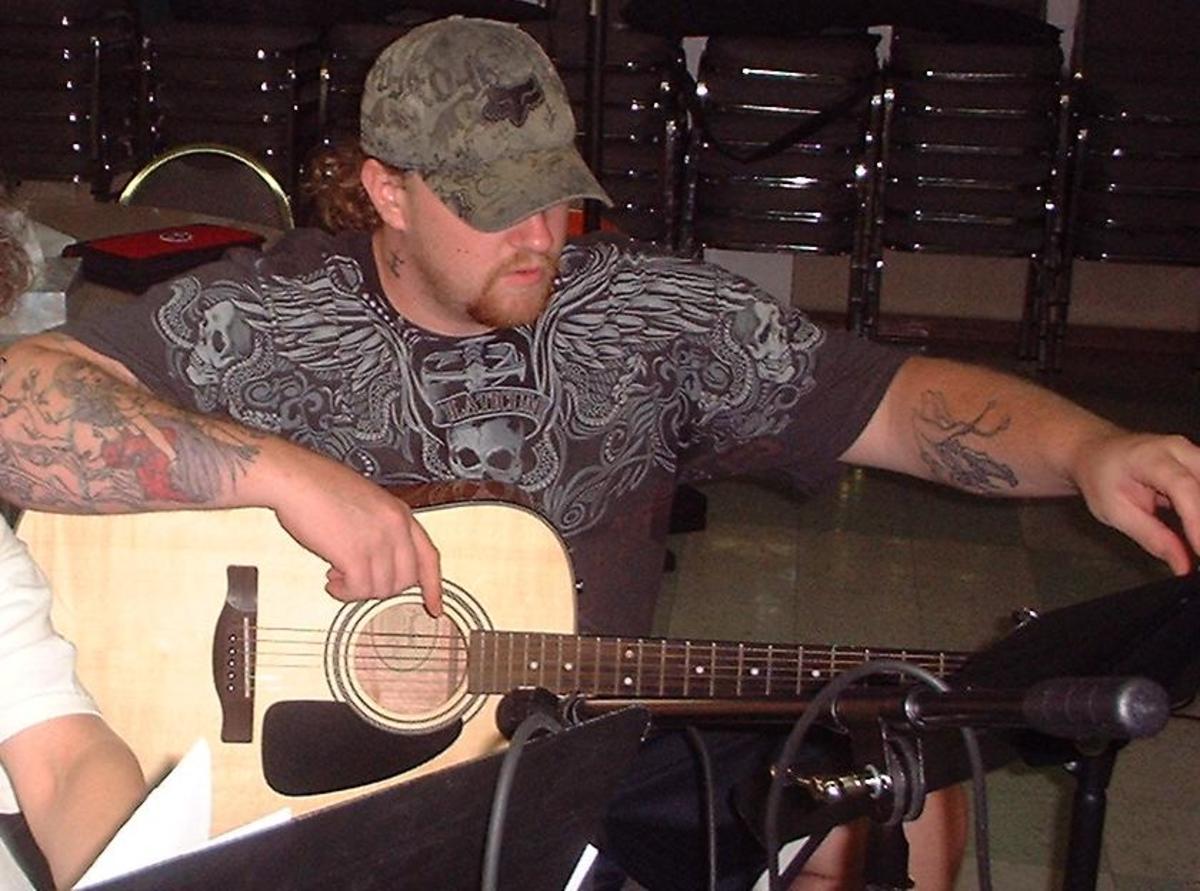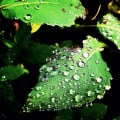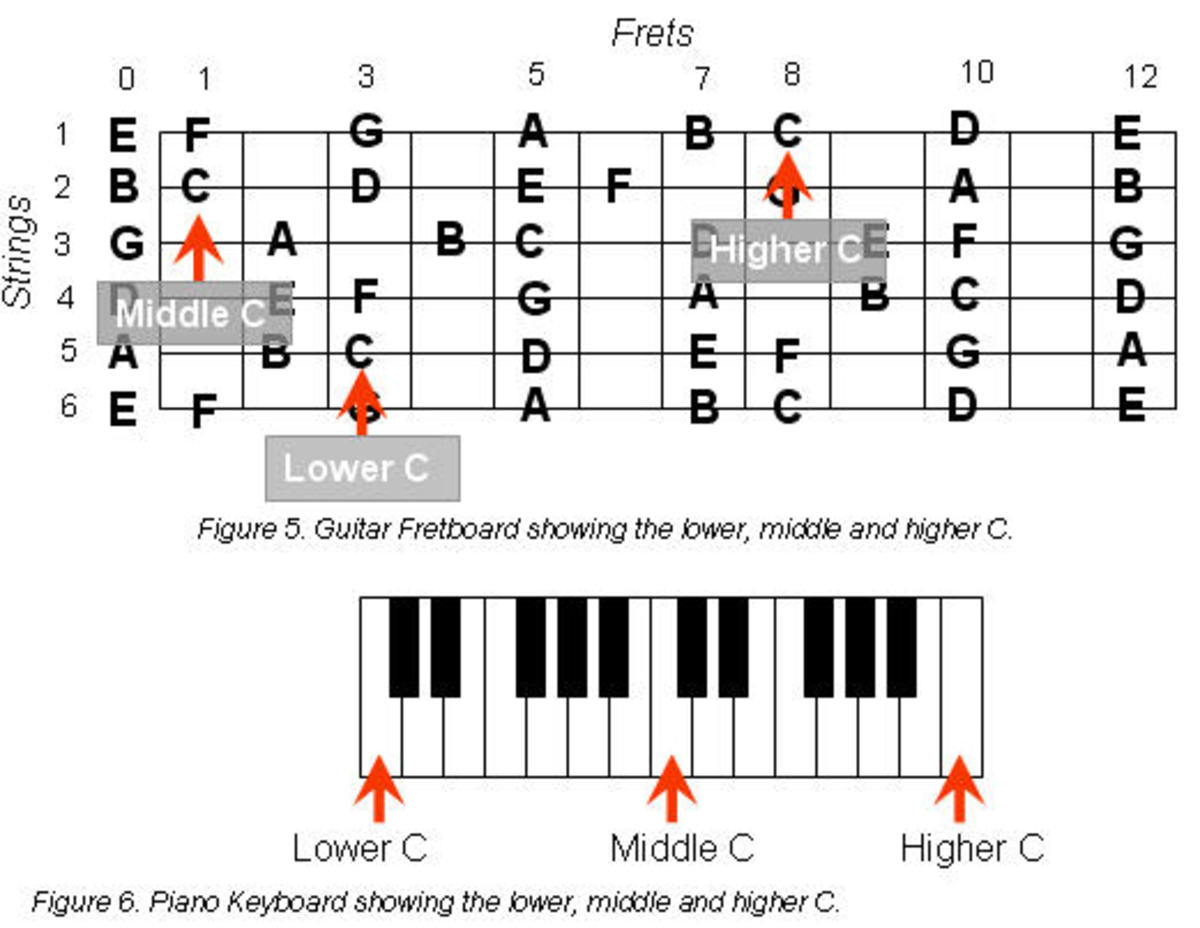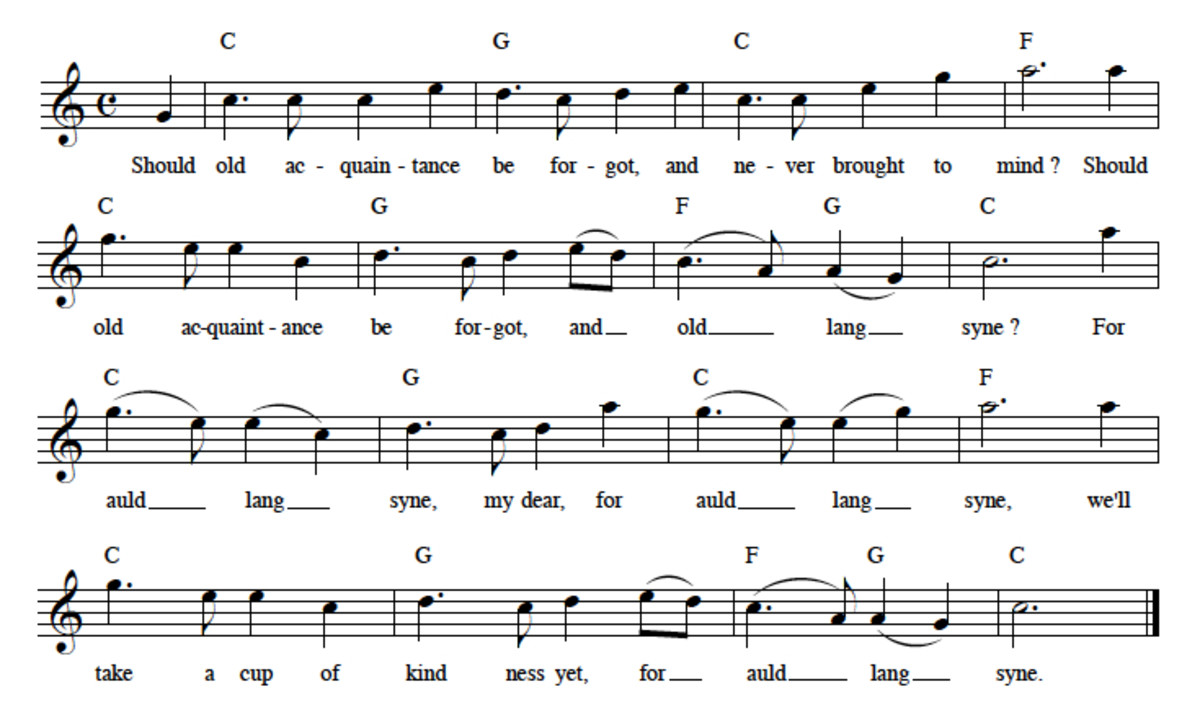Patterns of the Musical Modes

In the musical modes (those with the Greek names), there are still four whole steps, two half steps, and a root, which is played first and then repeated at the octave, just as with the Ionian and Aeolian modes. The other modes simply have their half steps in a different place. The easy way of learning these patterns is to arrange them in order, so that each scale is offset from the preceding scale by one step or degree of the pattern. Notice in the chart below where the two half-steps fall (and notice their migration as you move down the chart).
An Essential Resource for the Guitarist
This pattern may be what gives rise to the “modes are derived from the major scale” statement. But the chart could have started with any one of these modes, and it would still be the same. It is accurate to say that these modes are “related” to one another. That is, it is possible to have a set of all of the above modes with the same key signature, using the same seven distinct tones. These modes would be related. One example would be an extension of the Ionian and Aeolian modes introduced in part I of this Hub: C major and A minor. Both of them use only unaltered pitches in their scales that is, no sharps or flats. The same collection of unaltered pitches gives us D Dorian mode; E Phrygian mode; F Lydian mode; G Mixolydian mode; and B Locrian mode.
NAME OF MODE
| PATTERN OF WHOLE & HALF STEPS
| POSITION OF FIRST HALF STEP
| POSITION OF SECOND HALF STEP
|
|---|---|---|---|
Ionian
| W W H W W W H
| 3rd-4th
| 7th-8th/1st
|
Dorian
| W H W W W H W
| 2nd-3rd
| 6th-7th
|
Phrygian
| H W W W H W W
| 1st-2nd
| 5th-6th
|
Lydian
| W W W H W W H
| 4th-5th
| 7th-8th/1st
|
Mixolydian
| W W H W W H W
| 3rd-4th
| 6th-7th
|
Aeolian
| W H W W H W W
| 2nd-3rd
| 5th-6th
|
Locrian
| H W W H W W W
| 1st-2nd
| 4th-5th
|

Finding Which Mode It Is
Here’s another example to follow:
Let’s say you are using the collection of tones that includes four sharp notes. The seven tones would be F#, B, E, A, G#, D#, and C#. (I didn’t put them in order, so that you won’t assume we are starting with the Ionian.) Arranged in order, these seven tones are F#, G#, A, B, C#, D#, E, F#. When starting on F#, these tones have their half-steps between the G# and A (2nd-3rd) and between the D# and E (6th-7th). So this is the Dorian mode of F#.
Suppose we started this same collection on the B: the half-steps would still fall between D# and E and between G# and A, their position has simply changed, in comparison with the Dorian mode. Now the half-steps fall between steps 3 and 4 and between 6 and 7. That’s the Mixolydian mode of B. With these same seven tones, we can play in the Lydian mode of A, the Locrian mode of D# (very rare, that!), the Phrygian mode of G#, the Aeolian mode of C# (we call it C# minor), and the Ionian mode of E (E major). Did you feel a sense of relief when we finally got to it? I actually did myself. It is very comfortable for us to think of starting with the Ionian mode, because it is the most familiar.
There are several ways to look at modes and think about them. Organizing them as in the chart above is one way. And, if we do start with the Ionian mode, we can use a clever little mnemonic device to remember them in order:
I-know - - - - - - - - - - - - Ionian
Dolly - - - - - - - - - - - - - Dorian
Parton - - - - - - - - - - - - Phrygian
Likes - - - - - - - - - - - - - Lydian
Music - - - - - - - - - - - - - Mixolydian
A - - - - - - - - - - - - - - - - Aeolian
Lot - - - - - - - - - - - - - - Locrian
Using that deliberately convoluted example above, in order these would be E (Ionian), F# (Dorian), G# (Phrygian), A (Lydian), B (Mixolydian), C# (Aeolian), D# (Locrian).
Clustering the Modes
Another way to group the modes for remembering, and also for comparing their traits, is to cluster them side-by-side with those scales that we know best that they resemble the most. So, if one of the modes resembles the Ionian scale a lot, we will group them together. And if one of them resembles the Aeolian scale a lot, we will group them together. Looking back up at the first chart of whole and half steps, you can see that the Mixolydian pattern is very much like the Ionian, except for that final half-step. It is bumped forward by one degree. The Lydian scale also resembles the Ionian, except the first half-step is moved higher by one degree. Instead of 3rd to 4th, it falls between the 4th and 5th degrees. These three make up one cluster: Ionian, Lydian, Mixolydian.
When you look at the Aeolian scale, the other modes that resemble it the most are the Dorian and the Phrygian scales. In the Dorian, the second half-step is one position higher than in the Aeolian (6-7, instead of 5-6) and in Phrygian, the first half-step is one degree lower than in the Aeolian (1-2, instead of 2-3). And the poor old Locrian scale – well, it’s really not used very often, because of the harmonies that are created in this pattern. They end up being “unstable” in their sound. We’ll leave it alone at this point.
Listen to One Song Played in the Three Minor Modes
Similarity of Sounds
What’s the value of this cluster-style grouping? Well, as mentioned above, every mode has its own particular sound, almost like a mood, and recognizing those sounds, or moods, can help you to recognize the mode of a piece and the character of that modality. When young students are first introduced to the concept of “major” and “minor” (that is, introduced to the explanation – they have probably heard the tonalities for a long time), they are often asked to describe how the music sounds. Often the terms that are used for major/Ionian are “happy,” “cheerful,” “everyday,” “commonplace,” and even “normal.” For minor/Aeolian, the descriptions might be “sad,” “melancholy,” “pensive,” or “nostalgic.”
So, when the clustered modes have only one difference from the Ionian or from the Aeolian, their overall sounds will be rather similar to the one they resemble. Songs in Mixolydian mode will “sound” major – except for the leading tone, the seventh degree of the scale that leads back to the root or tonic. To those of us firmly grounded in the major/minor patterns, the Mixolydian will sound like a major key with a flat or “sad” leading tone. The Lydian mode will sound very much like a major key, but with a sharp fourth tone (the last tone of the lower tetrachord, which is fully whole tones). It will sound almost as if it is “too bright” ….. but "normal" for the most part.
Similarly, the Dorian and Phrygian modes will sound “minor” with a slight exception for each one. Dorian simply has a half-step at a higher position in the scale than it is in Aeolian, so Dorian will primarily sound like another type of minor key, but with a major surprise at the top. Phrygian also sounds rather minor, but that half-step between the first and second steps (instead of between the second and third steps, as in Aeolian and Dorian) gives it a really exotic, almost eerie, sound – especially when descending. When this article was first written in March 2010, there was a popular song on the radio (which I never knew by name), ending with a descending Phrygian scale. It was such an awesome sound! Please comment if you know the name of the song - I've tried to find it, but so far no luck.






